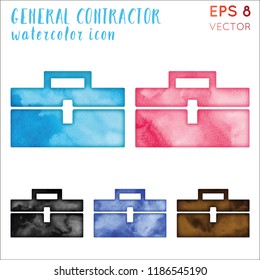Understanding Seasonal Influences On Commercial Outside Painting: Important Knowledge For Success
Understanding Seasonal Influences On Commercial Outside Painting: Important Knowledge For Success
Blog Article
Content Writer-Leach Urquhart
When you're intending a commercial exterior paint task, seasonal variables can make or damage your results. You'll want to consider how temperature level and humidity influence paint application and drying times. Picking the right season can guarantee your paint sticks properly and lasts longer. However which go right here are truly the best for this kind of job? Allow's explore the key elements that can impact your project's success.
The Effect of Temperature Level on Paint Application
When you're planning a commercial exterior painting task, the temperature level can substantially impact just how well the paint adheres and dries out.
Preferably, you want to repaint when temperature levels vary in between 50 ° F and 85 ° F. If it's also chilly, the paint might not heal correctly, causing issues like peeling off or splitting.
On the flip side, if it's as well warm, the paint can dry as well rapidly, protecting against appropriate attachment and resulting in an unequal coating.
You must also think about the time of day; morning or late afternoon uses cooler temperature levels, which can be more beneficial.
Constantly check the manufacturer's referrals for the details paint you're using, as they frequently supply support on the perfect temperature variety for optimum results.
Humidity and Its Effect on Drying Times
Temperature level isn't the only environmental variable that influences your business outside paint task; moisture plays a considerable role too. High humidity degrees can reduce drying out times substantially, affecting the overall top quality of your paint work.
When the air is saturated with dampness, the paint takes longer to treat, which can result in concerns like bad bond and a greater threat of mildew development. If you're repainting on a particularly humid day, be gotten ready for extended wait times between layers.
It's important to monitor local weather conditions and strategy accordingly. Ideally, go for moisture degrees in between 40% and 70% for optimal drying.
Keeping these factors in mind ensures your job remains on track and provides an enduring surface.
Best Seasons for Commercial Outside Painting Projects
What's the very best time of year for your industrial outside painting jobs?
Spring and very early loss are generally your best bets. Throughout these periods, temperatures are light, and moisture degrees are usually reduced, creating optimal conditions for paint application and drying out.
Stay clear of summer season's intense heat, which can cause paint to dry as well promptly, bring about inadequate bond and coating. In a similar way, winter season's chilly temperatures can impede proper drying out and healing, running the risk of the long life of your paint job.
Go for days with temperatures in between 50 ° F and 85 ° F for optimum results. Keep in twin cities interior house painters to inspect the local weather forecast for rainfall, as wet problems can ruin your project.
Planning around these aspects ensures your painting job runs smoothly and lasts much longer.
Final thought
In conclusion, planning your commercial outside paint tasks around seasonal factors to consider can make a substantial difference in the outcome. By organizing minneapolis exterior painter during the ideal temperatures and moisture levels, you'll ensure better bond and drying out times. Remember to watch on regional weather prediction and pick the correct time of year-- spring and early fall are your best choices. Taking these actions will certainly help you accomplish a sturdy and specialist finish that lasts.
